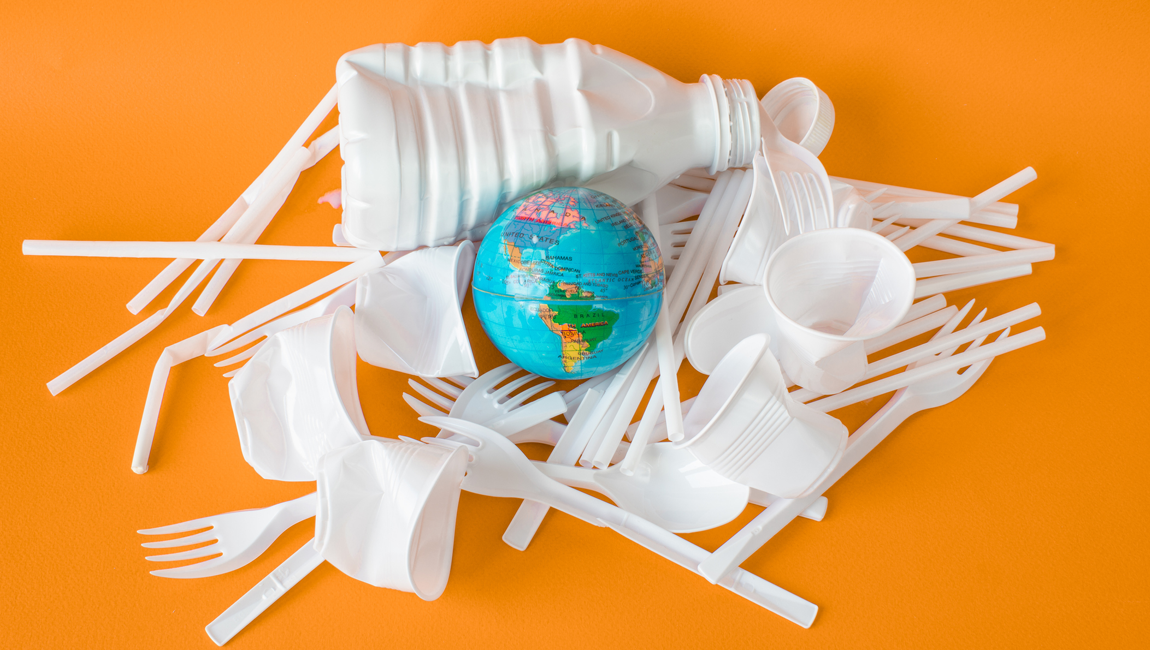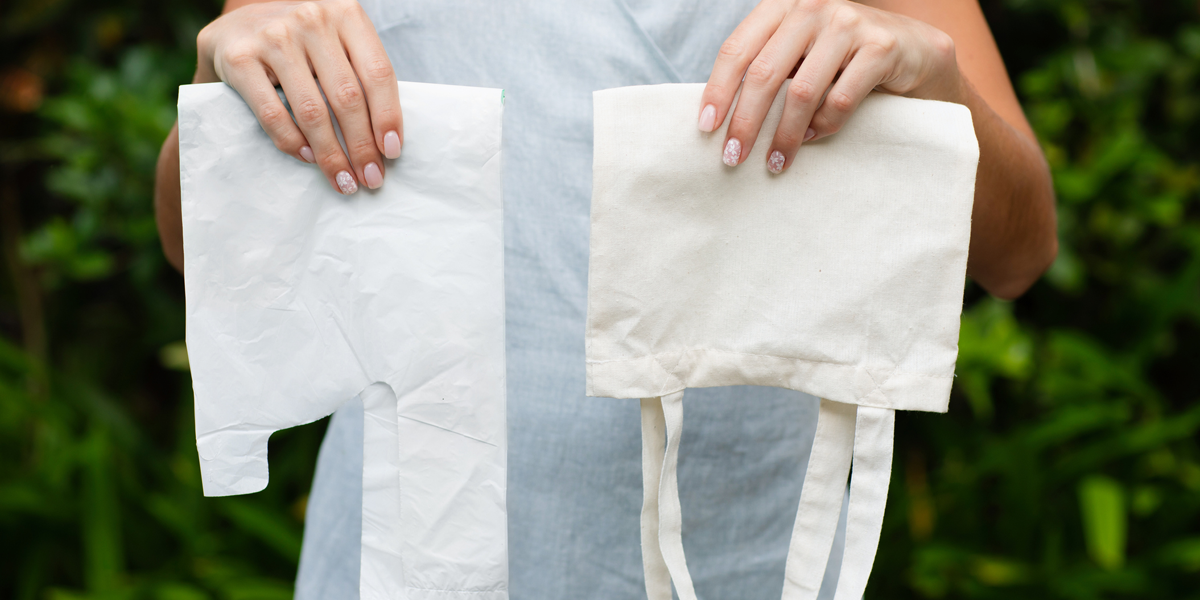How to reduce plastic use in daily life

“Plastics.” This is the one-word piece of career advice that newly minted whippersnapper Benjamin Braddock (Dustin Hoffman) famously received in the 1967 film The Graduate. The well-meaning elder dispensing the tip tells Braddock that “there’s a great future in plastics”, but part of the joke was that plastics were an already-ubiquitous material and booming industry, hardly a secret one needed to be let in on. But the character wasn’t completely off base: plastic’s popularity grew even further in the 1970s. And today, the planet is paying for our overuse and overreliance on plastic—seen in the toll plastic has taken on the oceans, on wildlife, and even on human health.
As a light, inexpensive, and versatile material, plastic has long been an important part of the economy and a facilitator of daily conveniences, packaging and bottling in particular. But plastic waste is an international dilemma that continues to grow, exacerbating environmental pollution. Annually, some 300 million tons of plastic are produced worldwide. An estimated 50 percent of that is single-use plastics, or items that are only used once before being thrown away—think straws or water bottles distributed at sporting events. Once disposed of, too, plastic can take up to thousands of years to break down in the landfills. While many forms of plastic can be recycled, few communities and civic governments have the resources and funds available to consistently carry out this process.
What steps can be taken, then? Individuals and businesses can make commitments to reducing plastic in our daily lives. Here are ten tips on how to reduce plastic at home and at the office, lessening your environmental impact and overall carbon footprint.
Making small but significant tweaks to your routine to reduce plastic use
Part of what makes plastic insidious is that it’s already woven into so many small, routine facets of our daily lives that we take for granted. But simply revisiting some elements of your routine and introducing changes can help you significantly reduce plastic use in your daily life.
- When shaving, switch from disposable plastic razors to razors with replaceable blades.
- When grocery shopping, take reusable tote bags with you to the store. Many, if not most, supermarkets encourage this practice today. Consider that not just one single-use plastic bag takes up to one thousand years to decompose. Plus, you’ll probably pinch some pennies here and there, as many marketplaces now charge extra for shopping bags.
- Purchase a reusable mug for beverages and, when ordering coffee or tea on the go, ask to have your order prepared in that container.
- Opt for products packaged in cardboard or boxes rather than in plastic bottles. Often you’ll find this to be advantageous cost-wise, as items in cardboard boxes are frequently sold in bulk.

Rethinking what you eat, drink, and chew
Take pride in the fact that when you commit to eating better and consuming more thoughtfully, you’re not just helping your own health, but that of the planet.
- Say “so long” to chewing gum. Not only is it damaging to your dental health and (potentially) your manners, it’s bad for the earth: most gums are made from synthetic rubbers.
- Ditch the frozen foods whenever possible—and not just for your heart and gut health. Most come in plastic packaging; those that seem like cardboard are generally covered with a plastic film to render them freezer-friendly.
- Instead of buying sugary drinks, juices, and sodas often sold in plastic bottles, consider making your own fresh-squeezed juice and storing it in glass jars.
Raising consciousness at restaurants
As you make the tweaks outlined below in your own life, consider gently pointing out to restaurant managers that getting rid of single-use plastics will not only better the earth, but enhance their business’ reputation as a conscientious company.
- Take your own container with you with dining out if you anticipate bringing food home, or if you are ordering items to go.” Many restaurants and takeaway services still use Styrofoam for its low price point and ease of use, despite its ill effects on the environment.
- Request that restaurants do not pack plastic ware (forks, knives, and so forth) into your takeout meals. Use silverware at home.
- Stop using plastic straws. Take the extra step of asking that the restaurant does not bring you one in the first place (often, once the straw has been placed on the table, for health code reasons servers cannot take it back but must dispose of it). If you must use a straw, many reusable glass and stainless steel options are available on the market—just be sure to keep them clean.




